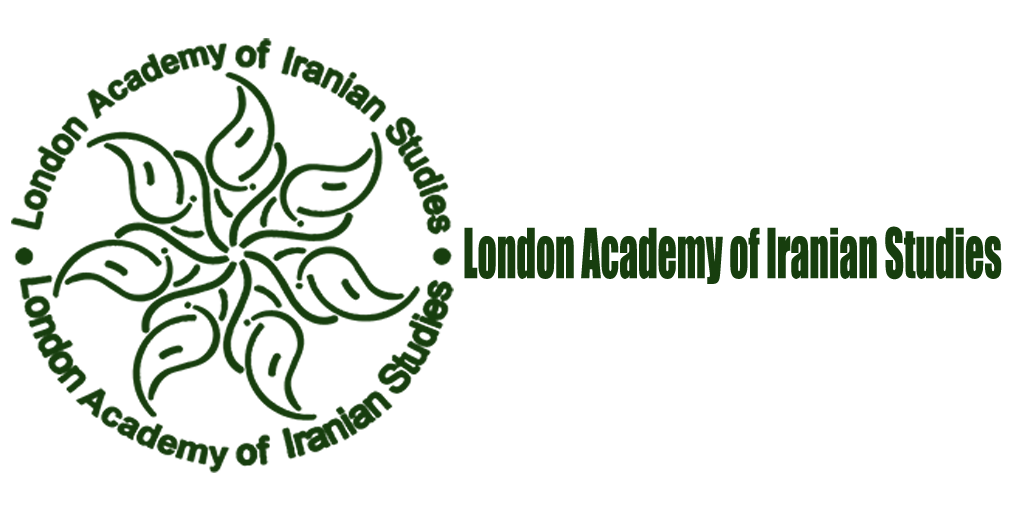Hasti Safavi, The University of Exeter
Lecture presented on 24th September 2019, at the Institute for Oriental and Classical Studies, Moscow
Abstract:
This paper examines the three fundamental principles for the study of Iranian-Islamic art, which includes art history, philosophy of art and various types of art. Iranian art can be divided into pre-Islam and post-Islam. Some pre-Islamic art forms, such as architecture, have had fundamental influence on post-Islamic art, which may be divided into pre-Timurid, Timurid, Safavid, Qajar, Pahlavi and post-Islamic Revolution. Iranian-Islamic art encompasses the fields of poetry, architecture, painting, miniature, calligraphy, tilework, handicrafts, music, and cinema. It is mainly conceptual in nature. Therefore, it is essential to understand their multi-dimensional facet, which includes the socio-politico-cultural environment and intellectual milieu in which the work of art was produced, as well as the philosophical principles that impacted their creation. The hermeneutic discourse analysis methodology has been used.

